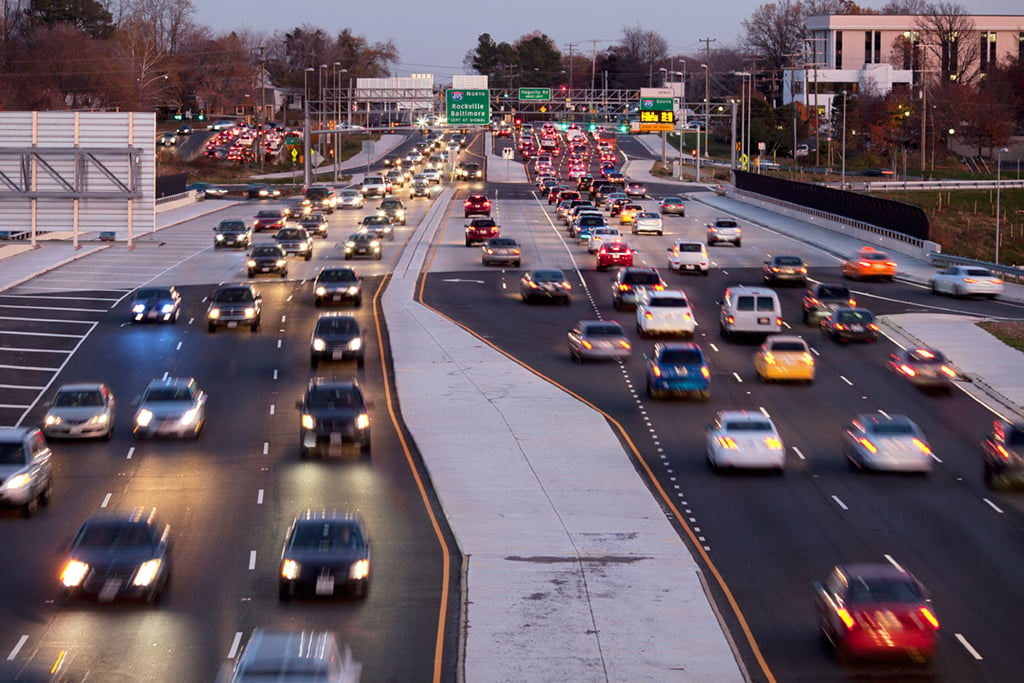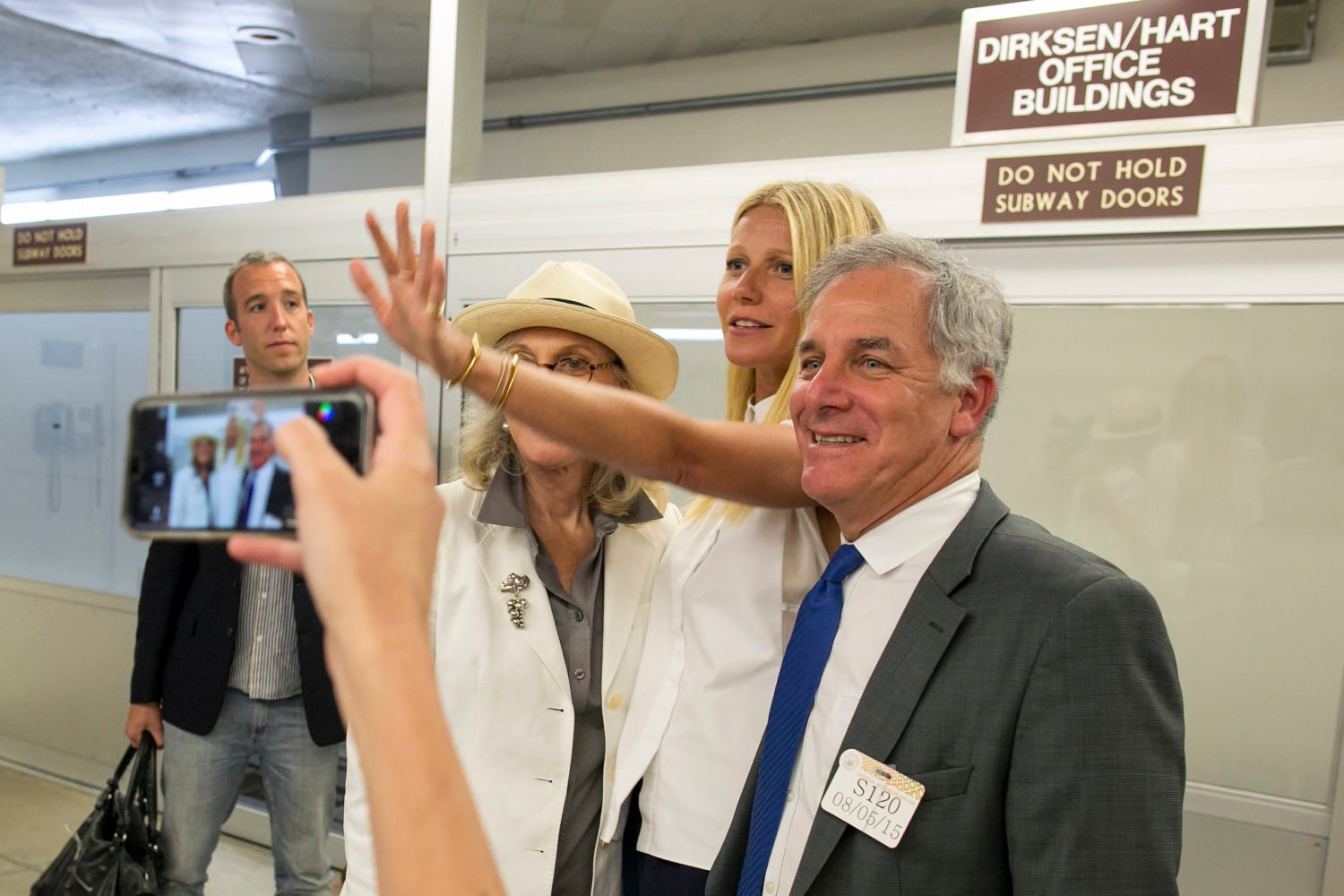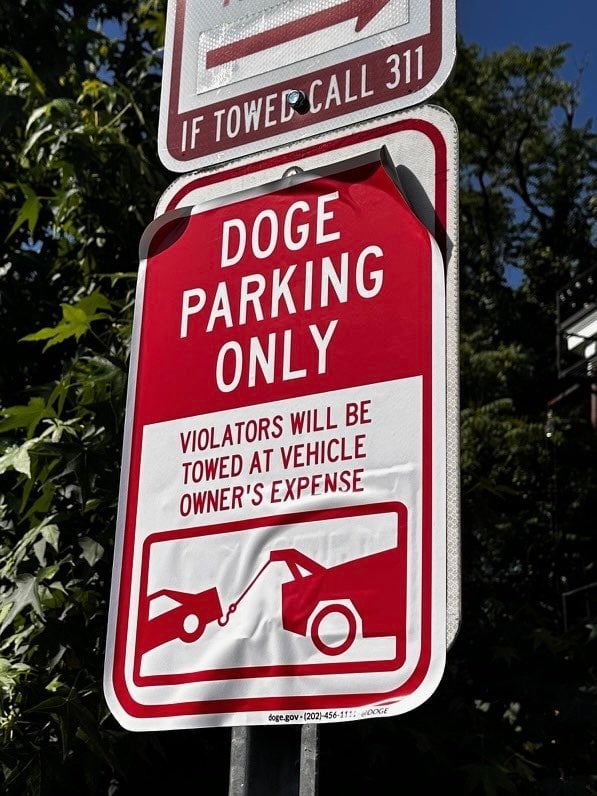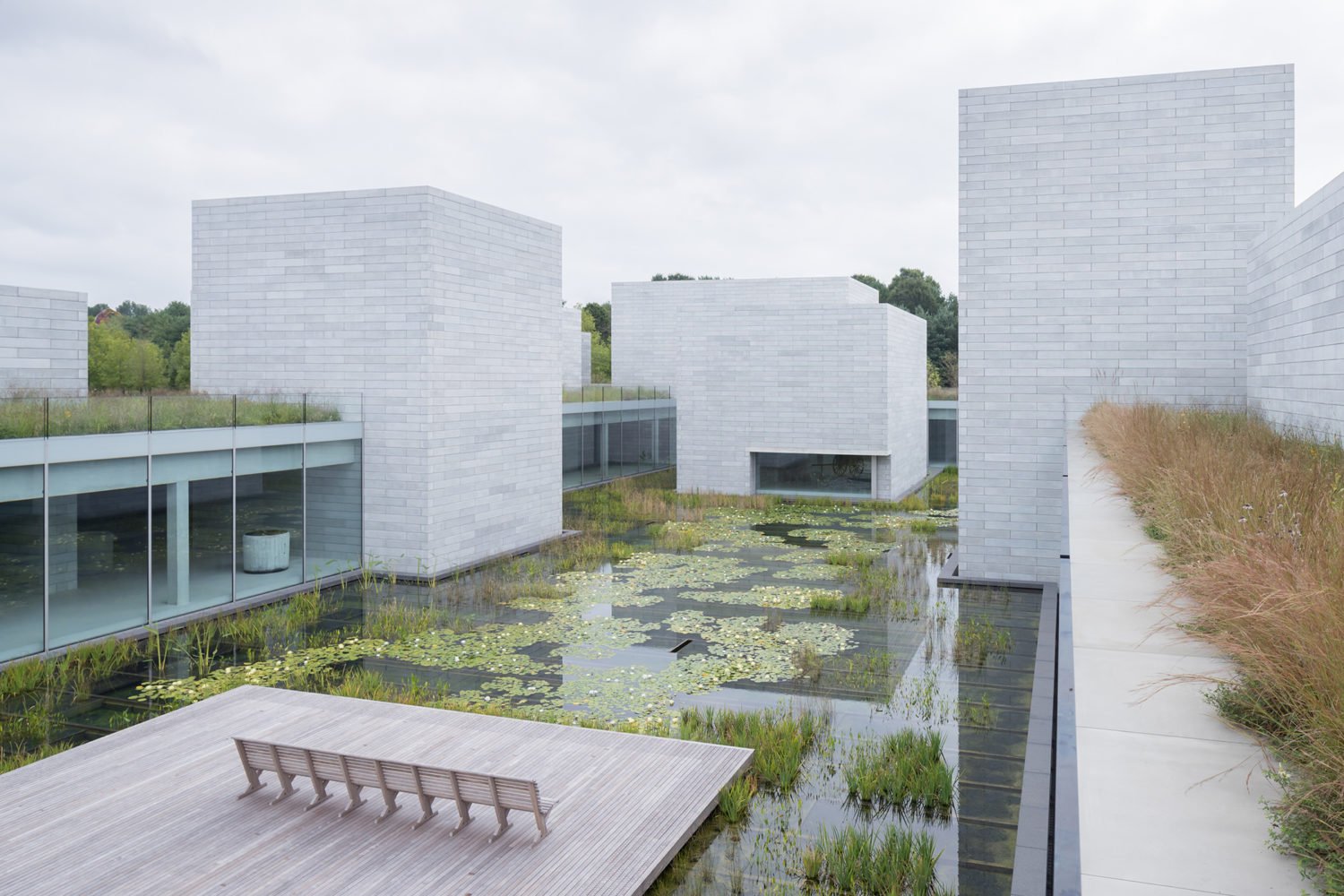Our city may be chock-full of hot-headed politicians and we may not have a voting member of Congress, but one of the nice things about DC is that, for the most part, it’s easy to get around—once you understand the basics, that is.
The city of Washington was designed on a grid. At its center is the US Capitol. The streets running north and south are numbered, and the east-west streets are lettered beginning at the Capitol and extending in both directions.
To find an address in DC, your clue is the street address number. If your address is on a numbered street, like 626 Fifth Street, count to the sixth letter of the alphabet (F) and, voila—your address is on Fifth Street between F and G Streets. (View map) If you’re looking for an address on a lettered street—say, 1320 R—head to R and your destination will be between 13th and 14th. (View map)
One thing to remember is that DC doesn’t have a J Street. Why? No one knows for sure, but there are several guesses. Some think that French-born architect Pierre L’Enfant, who designed the city in the 1790s, deliberately omitted the letter from the grid because he held a grudge against someone whose name began with a “J”; Chief Justice John Jay is the most popular guess. Others have a more mundane theory: J Street was excluded because the letters I and J were indistinguishable when handwritten in the 18th century, so the architect was trying to spare city dwellers from confusion. Whatever the reason, when counting letters, to skip from I to K.
Additional notes: There are no X, Y, and Z streets—though there’s no discernible reason why; after W, the roads are named after trees, flowers, presidents and other local figures. And just for your reference, Washingtonians sometimes refer to I Street as “Eye” Street to help distinguish it from the number 1.
The city is divided into four quadrants: Northwest (NW), Northeast (NE), Southwest (SW), and Southeast (SE). The quadrant boundaries extend north, south, east, and west from the Capitol along streets appropriately named North Capitol, South Capitol, and East Capitol. (There is no West Capitol Street because it would run through the center of the National Mall.) The horizontal lettered streets extend consecutively north and south from East Capitol Street and the Mall—thus, one block north of East Capitol Street is A Street, Northeast, and one block south is A Street, Southeast. (View map) The vertical numbered streets run consecutively from North and South Capitol streets to the east and west—meaning that one block west of North Capitol is First Street, Northwest, and one block east is First Street, Northeast. (View map)
What does this mean? Any address in the District has four possible locations—626 Fifth Street, Northwest; 626 Fifth St., Northeast; etc.—so it’s important to note the quadrant included with each street address.
One thing to remember to avoid confusion: The streets that would be B Street, Northeast, and B Street, Southeast, are actually Constitution Avenue, Northeast, and Independence Avenue, Southeast. West of the Capitol, they border the north and south sides of the Mall; east of the Capitol, they run though neighborhoods just like any other street.
Apart from the numbered and lettered streets, which run neatly on the grid system, there also are state streets—such as Pennsylvania Avenue, where the White House is located—that intersect the lettered and numbered streets diagonally. Besides Pennsylvania Avenue, the busiest state streets are Massachusetts, Connecticut, Wisconsin, and New York. Addresses on these streets can be a bit difficult to locate without a map but not impossible.
For ones that run more north-south—remember, the direction of travel won’t be exactly north-south or east-west because these streets cut through the grid at an angle—use the lettered streets as your frame of reference. That means that 1620 Connecticut Avenue, Northwest, is near Q Street, Northwest, because Q is the 16th letter of the alphabet (when J is skipped, of course). (View map) For addresses on the more east-west bound streets, such as 1720 Massachusetts Avenue, Northwest, follow the logic of the numbered streets—in this case, you’d go to Massachusetts, Northwest, between 17th and 18th. (View map)
Bottom line: If you plan on driving in DC, do your homework before you come and take the time to familiarize yourself with our roads. Here are some maps to help you get started.
This article is part of Washingtonian’s Visitors’ Guide. For more articles like it, click here.















